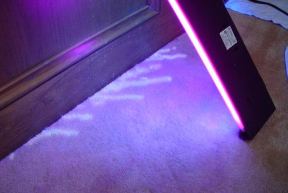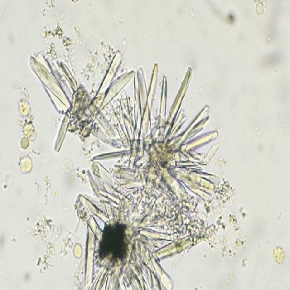
Pet Odor Removal
URINE ODOR – Understanding the Problem...
Fresh urine leaves the body in an acidic state that contains very little bacteria. Fresh urine accidents on the carpet should be addressed promptly by absorption into a weighted cotton towel. Urine quickly becomes a breeding ground for bacteria which contributes to unpleasant odor. Pets will typically urinate in the same locations, feeding bacteria with a fresh supply of food. Bacteria levels may rise to a point where they become a health concern.
As urine dries, its pH changes from acidic to highly alkaline. The extreme pH of urine is caustic and can sometimes cause permanent damage to carpet and other building materials. Dried urine forms salt crystals. Areas heavily contaminated with urine produce enough urine salt to draw moisture from the air. Because these heavily contaminated areas draw moisture, bacteria are supplied with a damp environment needed for growth even if no fresh urine is introduced.
Cat urine is especially problematic because its higher protein content produces a rich diet for odor-causing bacteria. Another problem is that cats tend to urinate around the perimeter of rooms. In the above photo, the wall, carpet, tack strip, pad, and sub-floor have all been contaminated. Spaying or neutering pets may help correct this behavior as well as reduce musky odors.
Urine Crystals Under Magnification

Pet Odor Removal
Solving the Problem ...
Offensive indoor odors come from a variety of sources, however, the same basic methodology is always applied to odor mitigation. Whether the odor is caused by urine, feces, vomit, fungus, skunk, bacteria, or smoke successful treatment will include these steps:
1. Inspection The exact location of the odor must be found and identified. Professional inspection equipment helps locate and quantify odor sources. Inspection tools include; UV lighting, moisture detector, and pH testing.
2. Physical Removal Once located, the source of the odor must be removed to the greatest extent possible. This is generally accomplished by thorough cleaning, but in extreme cases, it is necessary to remove building materials such as drywall, carpet, and or pad.
3. Molecular Modification. A catalyst is introduced to remove any lingering odor by changing its chemistry. Depending on the source, treatments may include Encapsulation agents, bonding agents, enzymes, antimicrobials, or oxidizers.